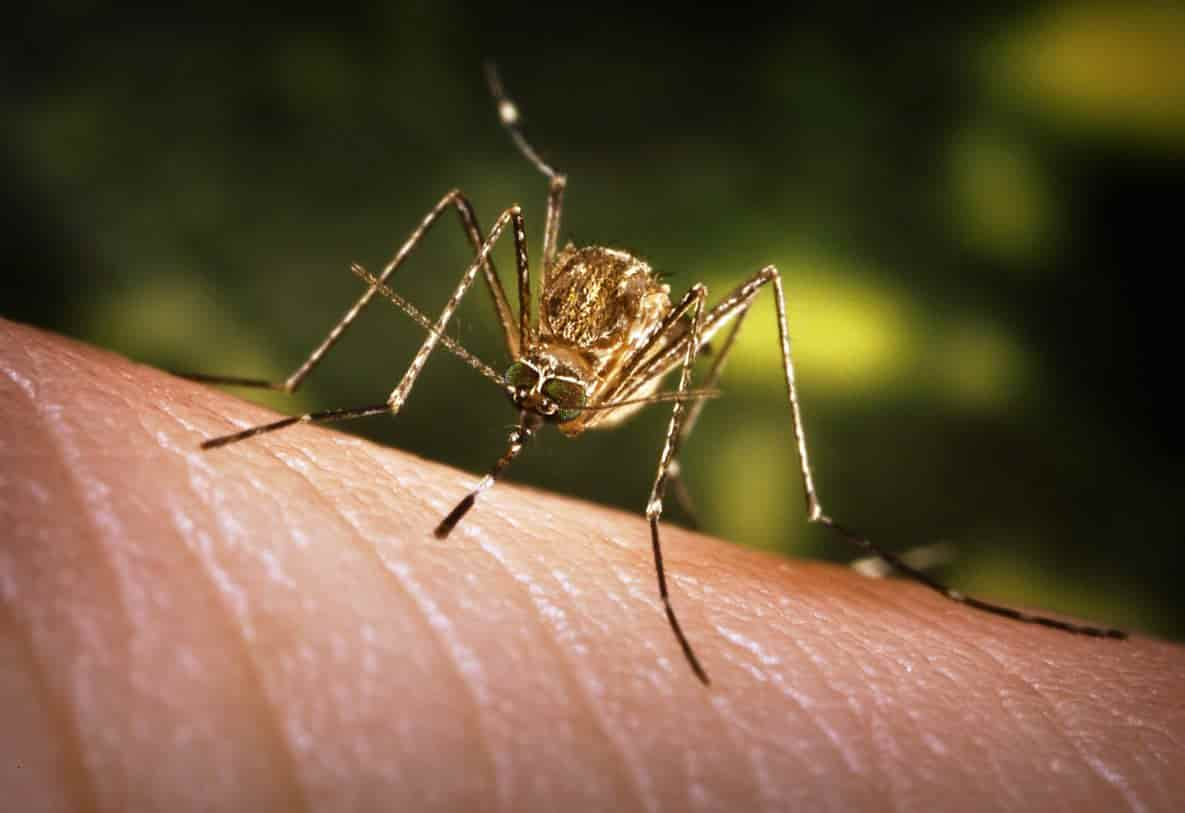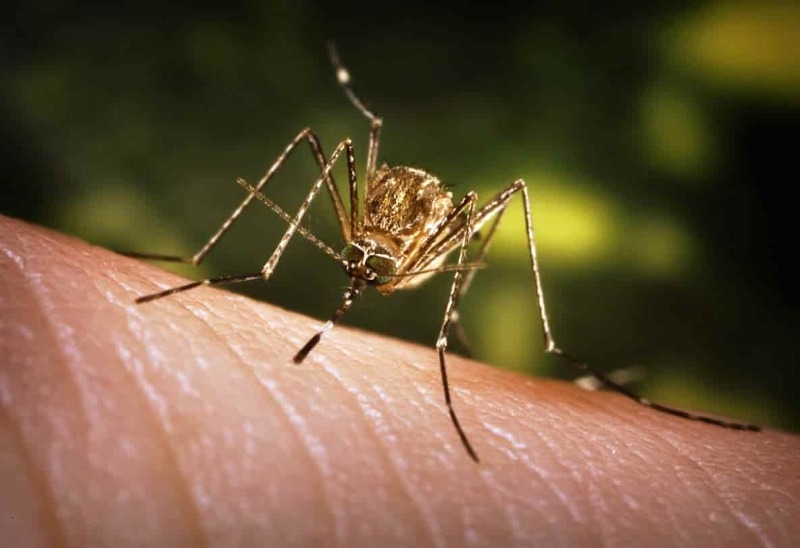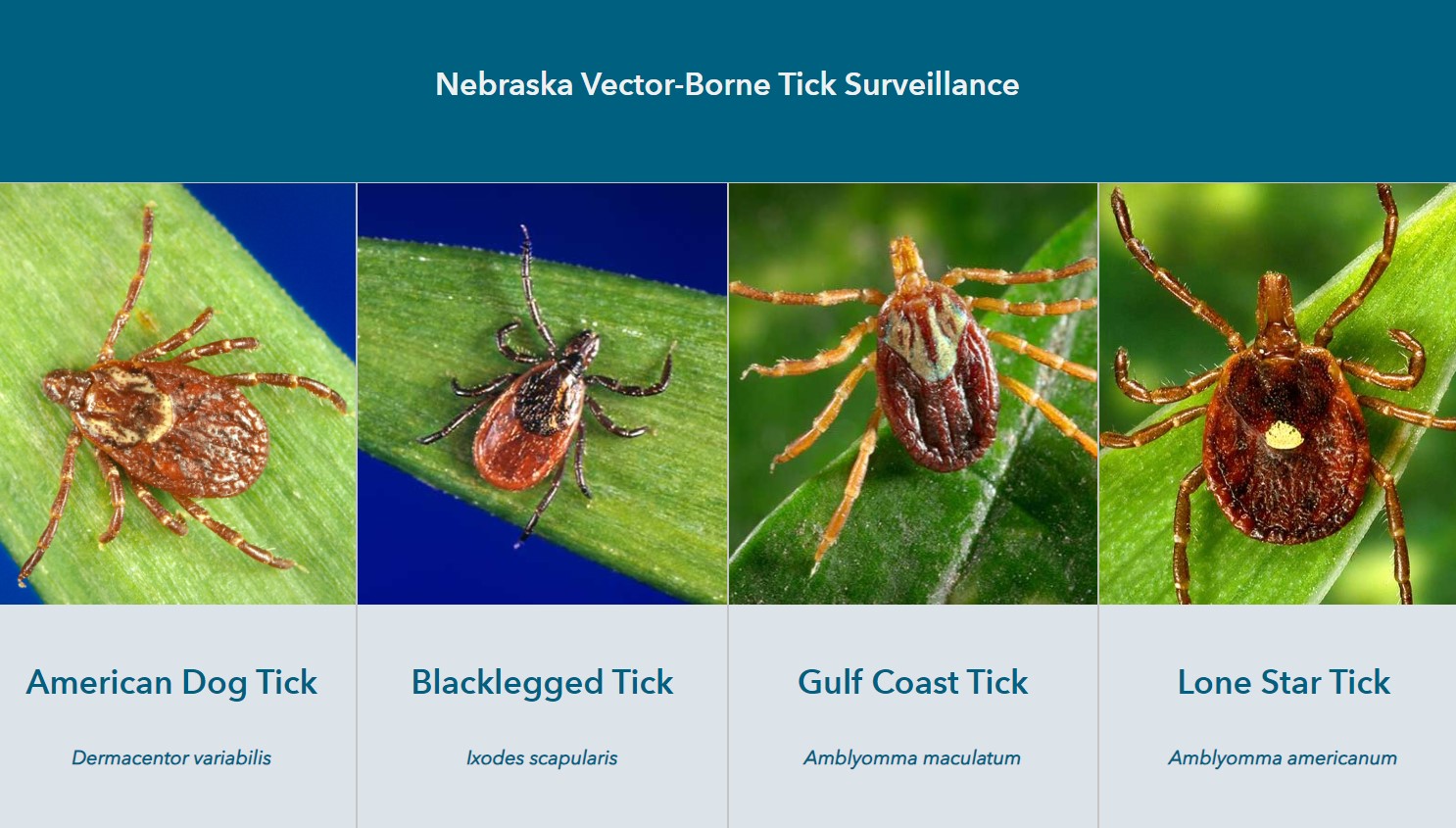Mosquito/Tick-Borne Disease
Mosquito-Borne Disease
Mosquitoes can spread diseases like West Nile virus, Zika virus, Chikungunya virus, dengue, and malaria. To protect yourself, use insect repellent with DEET, wear long sleeves and pants, and avoid outdoor activities during peak mosquito activity, particularly at dawn and dusk. Additionally, eliminating standing water around your home is important as it provides breeding grounds for mosquitoes. Be sure to check areas like flowerpots, birdbaths, gutters, and old tires where water can collect.
NNPHD conducts West Nile virus surveillance from June-September using mosquito traps placed in selected areas. The mosquitoes are collected, identified by species and then tested for diseases such as West Nile virus, St. Louis Encephalitis and Western Equine Encephalitis.
West Nile Virus Surveillance Data DHHS
Tick-Borne Disease
In Nebraska, ticks are a common threat to public health, as they can transmit diseases such as Lyme disease, Rocky Mountain Spotted Fever, and ehrlichiosis. These diseases spread when an infected tick bites and attaches to a person, often going unnoticed due to their small size. To protect yourself, wear long sleeves and pants when hiking or spending time in wooded or grassy areas and use insect repellent that contains DEET or permethrin. After being outdoors, thoroughly check your body and clothing for ticks. Promptly remove ticks with fine-tipped tweezers by pulling straight out.
NNPHD along with the NE DHHS vector-borne disease team, conducts tick surveillance through out the spring, summer and fall using a process called "tick dragging". The ticks are collected, identified by species, and tested for pathogens. Tick surveillance offers reliable, data-driven insights to healthcare professionals, public health officials, policymakers, and the general public about the locations and times when people are most at risk of exposure to ticks and tick-borne diseases.
Nebraska Tick Surveillance Map



 Launch the media gallery 1 player - media #1
Launch the media gallery 1 player - media #1
.jpg)